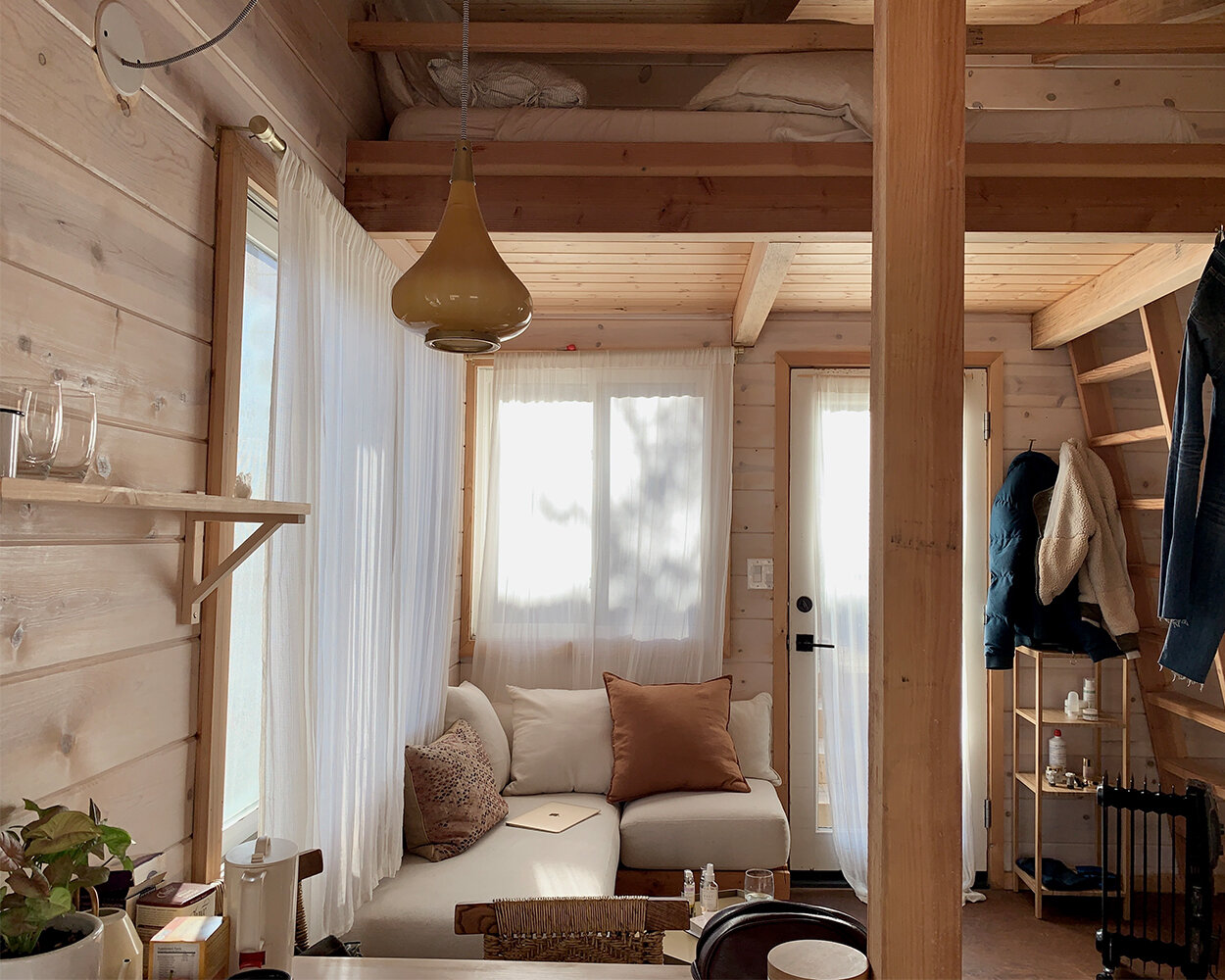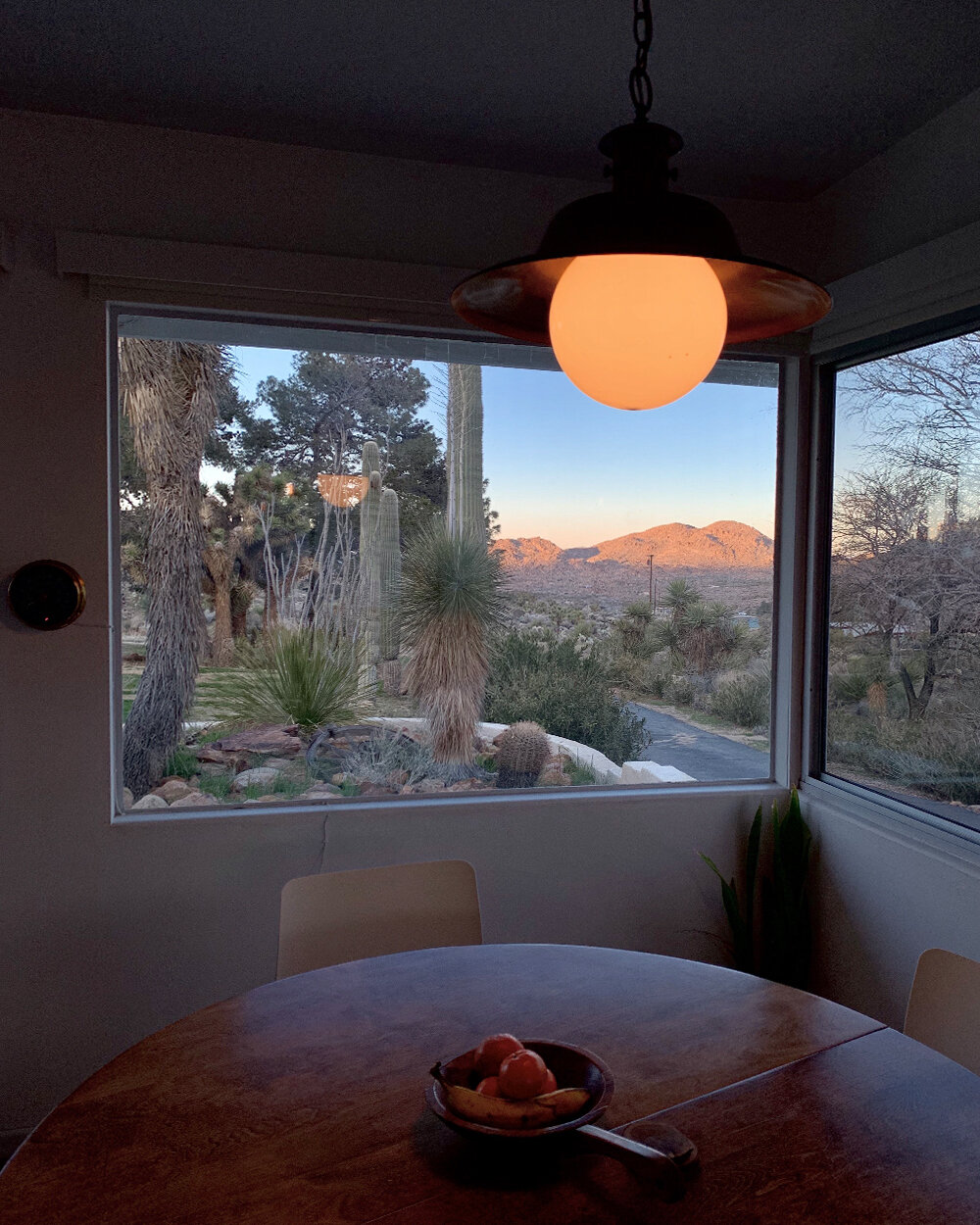WFH. What’s Next?
In the post-pandemic era, many people have started to think about how they can work remotely more efficiently, as well as whether they should start freelancing. Previously an International Marketing specialist working in San Francisco, the author shares her experience working as a remote freelance worker for the past 8 years. Through her eyes, the author shares the reality of freelancing full-time, her own personal growth after the change, tips on maintaining work-life balance, and some helpful tools to explore this new work-norm that will likely gain more popularity over the next decade.
Becoming a freelancer happened naturally for me — it wasn’t a dream or trend I was chasing; it simply happened.
Back then, my boss often vacationed, and I had to travel a lot for work. Thus, working remotely as a team naturally became the norm. At a start-up, it’s often that one person has to wear multiple hats on the job. Coupled with the boss’s preference of assigning deliverables to be completed independently, it only encouraged the remote working environment more.
[ to read more about how it all started ]
After my first week at work, I quickly realized I would need to learn the ropes myself. Our boss set goals for our team, and told us the results he wanted, but with no real plan or guidance on how to get there. During the second round of interviews, for example, he asked me to draft up an international logistics plan. Just like that, I found myself embarking on a bittersweet journey filled with a lot of self-learning. However, as hard as it was, the opportunity was like an incubator for growth, greatly improving my problem-solving skills.
Freelance work through my eyes
Having freelanced full-time for over a decade, I would say, self-discipline and focus are key traits for anyone interested in succeeding as a freelancer.
Freelancing full-time is not necessarily suitable for everyone. On one hand, you gain more autonomy and control over your life and work, but on the other hand, you could fall into financial instability, lose confidence, and have a harder time networking or adjusting back to a more traditional work environment.
Before you start freelancing, you should work to develop skills that will make you an invaluable asset to any team. Draw up a first-year plan before you make the switch, and check your finances to ensure you can handle losing a stable income. Lastly, and most importantly, prepare yourself mentally for the challenges ahead.
Freelancing full-time gives us greater autonomy over how we spend our time, and allows us to have the chance to find that perfect work-life balance. Contrary to popular belief, you don’t actually get ‘more time to play or hang out with friends,’ ‘do whatever you want’ or get to ‘wake up without an alarm.’
In reality, many freelance workers tend to lead healthier lifestyles and need to consciously plan and stay ahead of their schedules to avoid falling behind. Contract jobs aren’t necessarily always easier either -- in fact, you may be doing more work than when you were working full-time and working on bigger, more complex projects too. Thus, freelancing can be a path that provides a lot of career growth, opportunities, and lead you on a path to financial independence.
Why I choose to freelance
When I left my full-time job four years ago, freelancing wasn’t a part of my life plan. At that time, I was at a loss as to what I was going to do next. I only knew that I couldn’t continue on as I had — I was extremely overworked and in desperate need of rest.
Less than two weeks after leaving my full-time job, I flew to Beijing for an interview, met up with some old friends, and stayed for a few days by the Great Wall during the Beijing winter. Shortly after, I flew to Bali and stayed there for a month. It was in Bali that everything changed.
Every morning, I would first meditate, practice yoga, and then go for a swim in the ocean. The non-touristy, more local areas of Bali are relatively quiet, and so after yoga, I can head over and enjoy a hearty Australian brunch. As I sipped on my freshly squeezed juice one morning, I realized that “feeling free” and uninhibited was extremely important. I began contemplating if another work style was a better fit for my personality and desired lifestyle.
It wasn’t surprising that I embarked on the journey as a full-time freelancer -- there were signs even in my childhood. As a kid, I didn’t like to be restrained and had clear preferences. I knew I loved learning and obtaining new skills and snippets of knowledge. I also realized after working for a few years full-time, that I didn’t thrive in command-based hierarchical leadership environments. I much preferred collaborative work environments where team members contributed equally and grew together.
After learning more about myself using tools ( such as The Human Design System , my profile was 2/4 with a highly sensitive personality type) it only further supported my transition.
If you slow down your pace in life, you’ll hear your true desires.
Mindset Transformations after Freelancing
Both my partner and I are currently full-time freelancers. Just last month, we were talking about the impacts of freelancing, and how it has changed us. We found many commonalities such as:
1. Prioritizing Relationships
Having autonomy over our work schedules allowed us to reconsider what our priorities were. Work used to come before everything else. After freelancing, we began prioritizing our health, wellness, and relationships. We became more present, ate better, and invested our time into relationships that were important to us -- like spending more time with each other and our families.
2. Comfort over style
When working full-time, we were the typical urban power couple that paid a lot of attention to our outfits and appearance. We wanted the best shoes, best clothes, stylish outfits, and before we knew it, we had already invested a ton of money into our appearances.
After freelancing, I realized just how uncomfortably I used to dress. Thankfully, I’m now able to wear a t-shirt and soft leather sandals to work in the summer rather than a dress shirt and heels. It’s not that I became too lazy to dress up, but rather I began valuing ‘how I feel’ and ‘how my body feels’ more than how other people think or feel about me.
3. Less is more
With fewer opportunities to dress up and with the practice of letting go, we began to pay more attention to the quality of our life. We began investing in more comfortable, simple clothes, and quality furniture pieces that would last. Even though we now have a lot less stuff, the quality of our life has improved dramatically.
4. Happier!
Of course, both working remotely and freelancing all have their own obstacles. A common challenge people face is the inability to work efficiently, which can affect the quality of work.
Freelancing Tips and Techniques
1. Having a routine & schedule
If you only worked when you wanted, your schedule can become very chaotic, and both your income and mentality can become unstable. If you choose to freelance full-time, cultivating self-discipline is integral.
To start, brainstorm a schedule. Think about how you want to use your time. Some questions you can consider asking yourself: At what times do you work the best or most efficiently? How many days do you want to exercise per week? What time do you want to exercise? What are other daily activities or priorities you have?
After listing out all the daily activities you want to accomplish, you can start organizing them into a schedule. For example I know I’m a morning person; I work the best from 10:00 am - 5:00 pm; I want to exercise 5 times per week, so my schedule would look like this:
07:00 wake up
07:30 stretching & meditation
08:00 Monday, Wednesday, & Friday [ Jog outdoors ] Tuesdays & Thursdays [ grocery shopping ]
08:30 shower & light breakfast
09:30 start working
12:00 prepare & eat lunch
13:00 start working
17:30 cook dinner
18:30 Enjoy dinner while watching tv
20:30 Brush teeth, read before bed
22:00 lights off & bedtime
2. Plan ahead & Organize a to-do-list using helpful tools
In addition to making an annual calendar, we also have a monthly and weekly to-do list to help us organize and stay on task.
We use Google Calendar and Todoist ( project & tasks scheduling app) for monthly plans and meetings.
We use Minimalist to plan out our weekly calendars. Every Monday, I organize my schedule and check the tasks that need to be completed and sort them accordingly. Once I finish up a task, I then check it off the app, and if I start to feel tired or unfocused, the app has a Pomodoro clock function that helps me stay focused for 25 minutes before I get to take a 5-minute break.
The Pomodoro technique is a time management method developed by Francesco Cirillo in the late 1980s that breaks down work intervals into 25 minute sessions, separated by short 5 to 10 minute breaks. The technique has been proven to increase efficiency and focus and has helped me concentrate ever since I was an overly active kid with trouble focusing.
3. Create a comfortable and clean work environment
Since most distractions tend to come from clutter or noise, I always aim to keep my study and desk clean to minimize distractions.
Keep a potted plant and a glass of water on your desk to help regulate dryness. Invest in a laptop stand if your computer is not at the optimal height and a comfortable chair that will help you get into a good workflow.
If I’m doing any design-related work, I’ll put on some music to inspire and enhance my creativity.
4. Accept the time you need to rest
When my body is healthy and in a good condition, I tend to work longer hours, however, we can’t all be in tip-top shape every day. Like during the first few days of my period, I often feel very tired. Knowing my body isn’t in the best condition, I’ll choose to slow down, reduce my workload, and give myself space and time to rest.
Workations
Workcation is another aspect of freelancing full-time that many people are curious about. While it may seem fun to be able to work and travel at the same time, it can also be a challenge to adjust time differences, plan the travel itineraries, and budget for your trips.
Workation is similar to working from home aside from the travel costs incurred and complications that can arise when adjusting to and scheduling in different time zones ( If the time difference is really drastic, you can get easily tired, which can affect the efficiency of your work ).
Aside from calculating the time I can spend traveling, I often take some melatonin the night I land at a new destination to ensure I get enough rest before work the next day. I also force myself to plan out my daily schedules, accounting for when I’d work, and when I’d get to travel and explore.
On workations, I’m mindful to not pack the schedule too tight to allow room and flexibility to explore, and experience the new destination as a local would.
In addition to staying at hotels, Airbnb, and hostels, you can also try leasing co-working and co-living platforms on the way. Check out a few below:
Selina - South America
Outsite - America, Spain, Portugal, France, Indonesia
HafH - Japan
Happy Working!
Kandee Chen is the Creative Director of Studio Kandee. She can usually be found searching for vintage wares, sitting in quiet cafes, relaxing by the lake, or exploring new places in the city.
Kandee’s Instagram @mysouldairy
Article translate by Helen Luo








